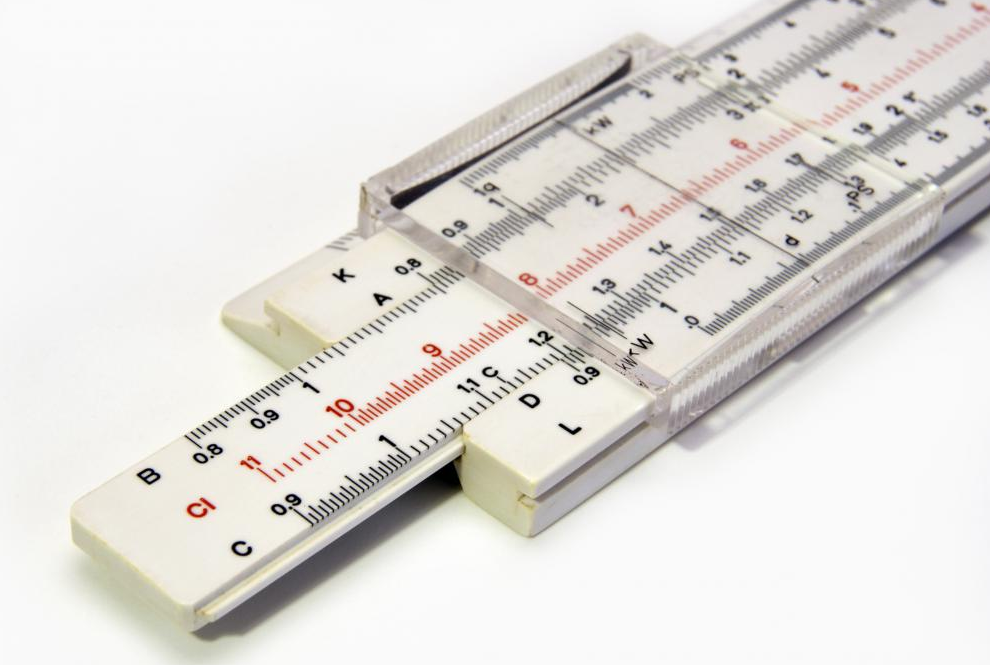When Bad Economic News Can Mean Good Economics For You!
June 17, 2025
Are your customers buying less and less as the economic news gets worse and worse? Notice that we didn’t say the economy is getting worse-just the news. But that’s another story.
And it really doesn’t matter because your bread is buttered at the micro-economic level, not the macro. What can you do now to keep your top line on top?
1. Move Upstream. Find a new fishing hole that’s bigger and deeper and won’t run out of fish. In other words, set your sights higher and start selling to companies a size or two larger than your standard targets.
Larger companies are used to spending more and are less likely to cut back at every blip on the economic radar.
First, identify current customers that meet your new, larger target criteria. Then meet with or call them to see how you can deliver more value. Second, develop lists of similar prospects. A targeted list will help you get sales appointments and build revenue.
2. Market More, Not Less . Yes, in bad times companies cut what’s easiest to cut-frequently, the marketing budget. But easiest doesn’t mean smartest.
If your customers are spending less, isn’t it your job to convince them that using your product or service will add value and help their bottom line? Plus, if your competitors follow the conventional wisdom to trim marketing dollars, your message won’t have to cut through “all the clutter” because there won’t be as much clutter. If your competitors are sitting this one out, your message can take center stage. Such increased visibility can pay off in direct sales right now, direct sales in the future, and referrals-especially if you implement follow-up promotions or value-adding communications to stay top-of-mind. Finally, in “tough times,” companies are more aware of their problems and more likely to do something about them: They are looking for your solutions.
3. Be Direct-and Do Direct. Many companies try direct mail, direct e-mail, or other direct-response vehicles from time to time. When the “results” come in, they feel they’ve been blindsided by a Mack truck. But it’s possible they are just blind to other, less obvious results.
Yes, initial response is important. But in some cases a response as low as one-half of one percent can actually generate millions of dollars in revenue. In addition, “direct” must also be evaluated by less tangible measures such as increased name recognition, indirect “halo effects,” delayed response, and referrals. So don’t count it out until you know you’re counting it in the right ways.
When he was a publisher and direct marketer of business information, PSI senior consultant Scott Pemberton knew the hard-cash value of every direct-mail promotion and outbound phone campaign his company created. He and his colleagues adjusted promotion quantities, targets, frequencies, and creative by the numbers.
But each quarter a good percentage of sales (as much as 25 percent or more) could not be traced to specific promotions. To account for that mystery revenue, even if informally, Scott and his colleagues spread 50 percent of it over the previous one or two quarters’ promotions, effectively increasing the ROI of each one. Were these measures precise?
Were they smoke and mirrors? No-and no. They were acknowledgments that direct-marketing promotion investments have residual effects. In some businesses, a single order-immediate or delayed-can pay for an entire promotion.
Right now, if you want to learn more about how Productive Strategies uses these three approaches and others to increase sales for our clients, please call or e-mail us. We’d love to help you generate your own good economic news.
The post When Bad Economic News Can Mean Good Economics For You! appeared first on Productive Strategies, Inc..










